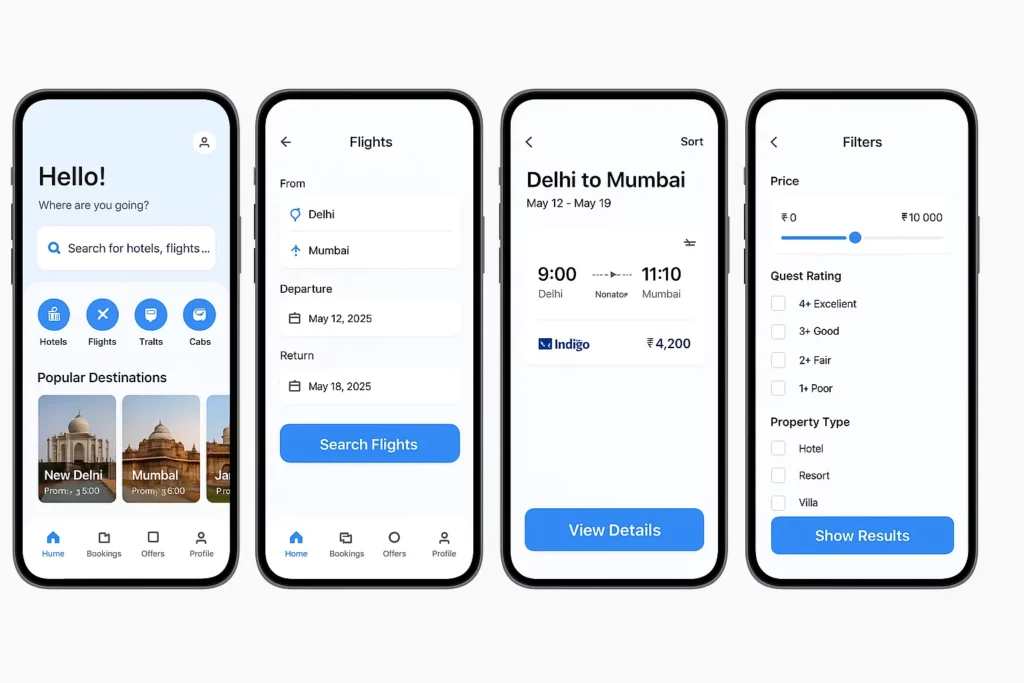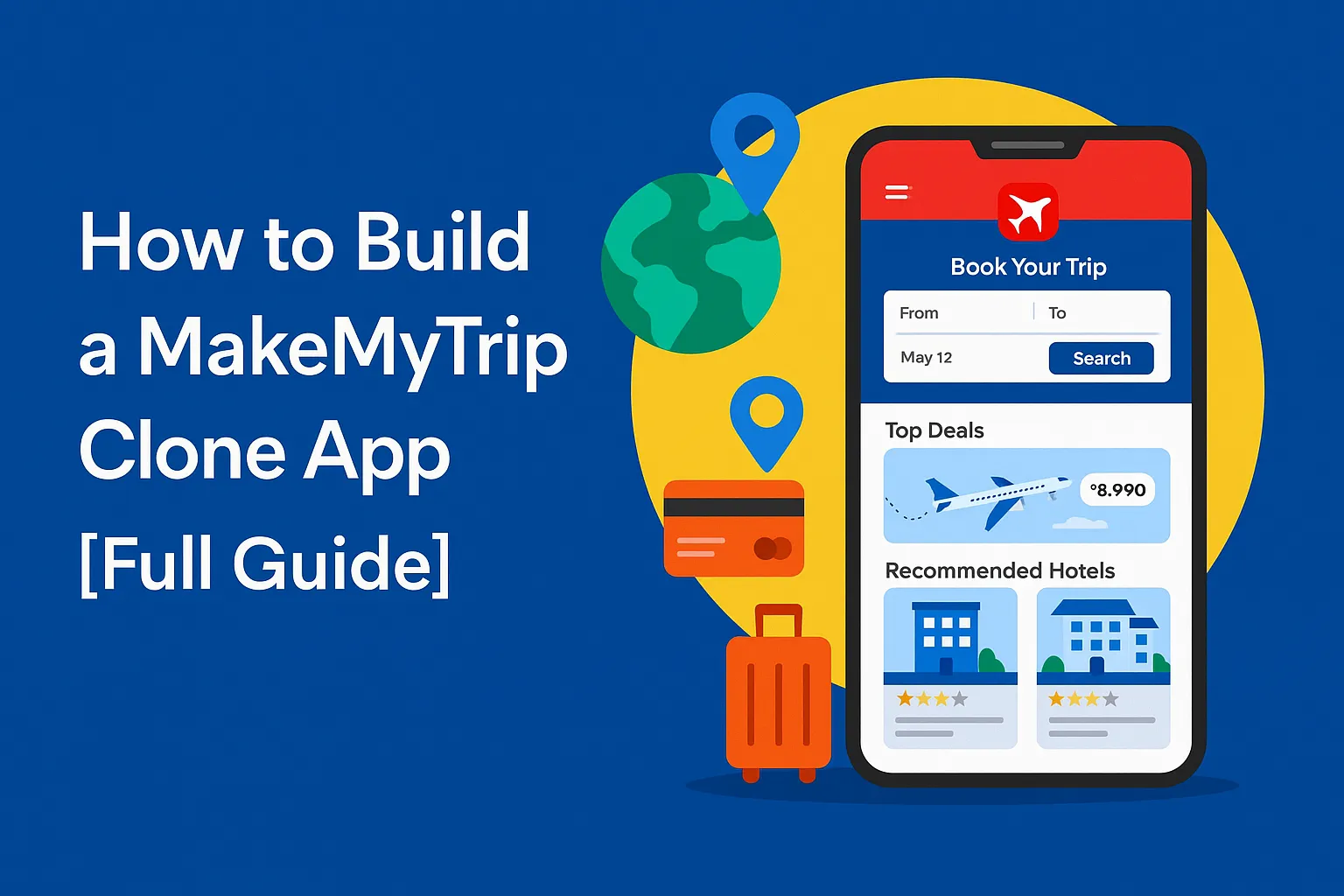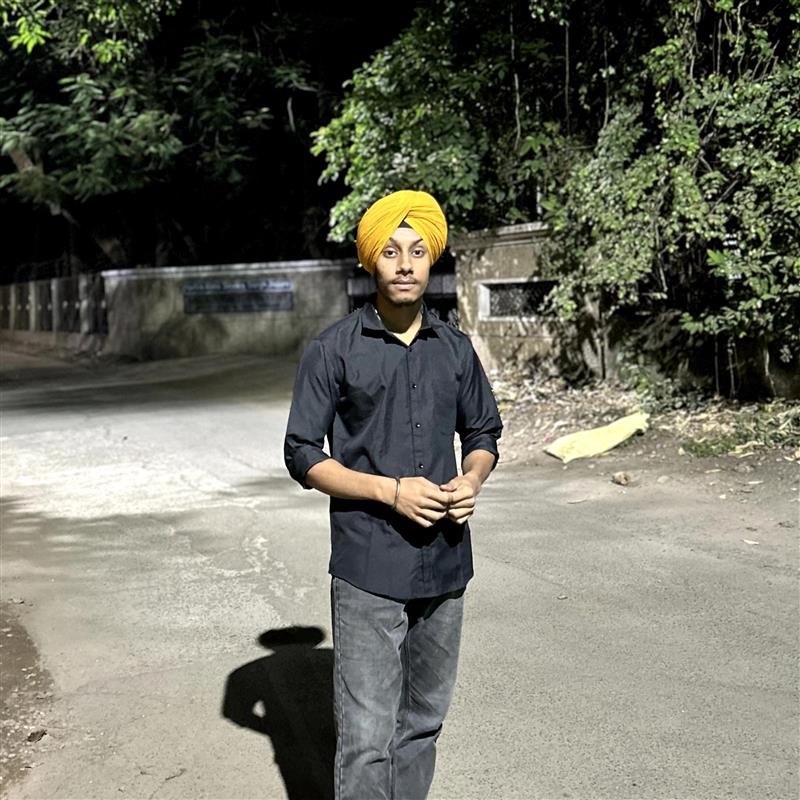In 2025, travel is no longer just about booking a flight or a hotel—it’s about experiences, micro-itineraries, and personalized adventures. With travelers bouncing between Airbnb, Booking.com, and niche travel apps, there’s one thing entrepreneurs are asking: “What if we built the next MakeMyTrip?”
Let’s be honest. MakeMyTrip dominated the Indian travel-tech space for years, but its model is showing its age. It’s bloated with features, sometimes slow to adapt, and doesn’t cater to Gen Z’s fast, mobile-first needs. So if you’ve ever looked at MMT and thought, “I could build a better, smarter version,” you’re not alone.

This blog is your blueprint. We’ll cover the tech stack, features, business logic, monetization angles, and even potential pitfalls you might not see coming. Whether you’re building for budget travelers, luxury seekers, or tier-2 explorers—read on. You’re about to learn how to launch a MakeMyTrip alternative that’s lean, scalable, and future-proof.
Why Build a MakeMyTrip Clone?
The Travel Industry is Booming—Again
Post-pandemic revenge travel? That was just the beginning. In 2025, India’s travel market is expected to touch $76 billion, with online travel booking platforms leading the charge. Tourists want on-the-go booking, real–time pricing, and local experiences—all wrapped in a slick UI.
But Traditional OTAs Are Slipping

Legacy platforms like MMT, Yatra, and Cleartrip often suffer from:
- Clunky mobile UX
- Limited personalization
- Poor support for regional languages
- High service fees
This is your opportunity to disrupt with hyper-focused, mobile-first alternatives.
Read more: What is MakeMyTrip App and How Does It Work?
Core Features of a MakeMyTrip Clone
Hotel and Stay Booking Engine
- Real-time availability with dynamic pricing
- Integration with OTAs (Expedia, Agoda) via XML or API
- Filters: budget, ratings, amenities, cancellation policy
Flight Booking Module
- API integration with GDS (Amadeus, Sabre) or LCCs (IndiGo, SpiceJet)
- PNR generation and management
- Seat selection and meal preferences
Multi-modal Travel Booking
- Train (IRCTC), buses, taxis, ferries
- Package deals (e.g., flight + hotel + cab)
User Dashboard
- Trips, invoices, loyalty points
- Wishlist, saved routes, referral codes
Payments & Wallet
- Razorpay, Stripe, Paytm integrations
- Coupon engine + cashback wallet
- UPI, credit/debit cards, net banking
Smart Add-ons
- AI-powered itinerary builder
- Regional language support
- Voice search
- Weather and COVID alerts (yes, still relevant!)
Read more: Must-Have Features of MakeMyTrip That Make Travel Effortless
Tech Stack: What Powers a Travel Superapp?
| Layer | Tech Suggestions |
| Frontend | React.js / Flutter (PWA/Mobile) |
| Backend | Node.js / Django / Laravel |
| Databae | PostgreSQL + Redis (caching) |
| APIs | GDS (Amadeus), Hotels API, IRCTC, FlightStats |
| DevOps | Docker + AWS/GCP |
| Security | SSL, JWT, 2FA, GDPR/PCI compliance |
| Analytis | Firebase, Mixpanel, Segment |
Monetization Models
Don’t just copy MakeMyTrip—improve it. Here’s how to turn users into revenue:
- Commission on bookings (from hotels, flights, cabs)
- Featured listings for hotel chains and tour operators
- Subscription plans for premium users (e.g., early check-ins, zero cancellation)
- Travel insurance tie-ups
- Ad placements in feed or email newsletters

Read more: Revenue Model of MakeMyTrip: How India’s Travel Giant Makes Money
Ideal User Personas
- Casual Traveler – needs cheap, fast, and simple.
- Digital Nomad – wants long-stay bookings and loyalty perks.
- Luxury Explorer – values concierge service, add-ons.
- Tier-2 Family – needs language support and EMI options.
Use this to guide your UX and feature development.
Competitor Insights & Gaps
| Feature | MakeMyTrip | Your Clone Can Beat Them With |
| Real-time chat support | ❌ | ✅ AI + Human Hybrid |
| Itinerary planner | ❌ | ✅ AI auto-builder |
| Local experience add-ons | ❌ | ✅ Book experiences |
| Regional language UI | 🟡 (Limited) | ✅ Full Indian language suite |
Common Challenges to Watch Out For
- Flight data APIs are expensive and limited: You’ll need to partner or aggregate.
- Refunds & Cancellations: It’s a nightmare without automation.
- User trust: Travel scams are real—show trust seals, reviews, transparent fees.
- Mobile load times: Optimize every asset. A delay = a lost booking.
Conclusion
If you’ve spotted holes in the current Indian travel booking experience—build the damn thing. A MakeMyTrip clone doesn’t mean a copy-paste app. It means building something smarter, leaner, and more user-obsessed.
With the right tech, strong affiliate partnerships, and a UX that actually works, you can create a platform that doesn’t just compete—it wins.
At Miracuves, we help innovators launch high-performance app clones that are fast, scalable, and monetization-ready. Ready to turn your idea into reality? Let’s build together.
FAQs:
Q1. Is it legal to create a MakeMyTrip clone?
Yes, as long as you’re not copying trademarks, logos, or proprietary code. The concept of travel booking isn’t owned by anyone.
Q2. What’s the cost to develop a full-fledged clone?
A full-fledged clone development costs $2899.00 with Miracuves, including all essential features and scalability.
Q3. How can I get access to flight and hotel data?
You’ll need to integrate with APIs like Amadeus, Skyscanner, or affiliate programs from hotels/aggregators.
Q4. Can I start with just one niche (like only buses)?
Absolutely. Start small, validate your market, then scale horizontally into flights, hotels, etc.
Q5. How do I compete with established players?
By being faster, cheaper, and more personalized. Focus on tier-2 cities, regional language UX, and influencer-driven marketing.
Q6. What about government permissions?
If you’re reselling tickets, you might need licenses (especially for IRCTC rail integration or IATA flight distribution).
Realted Articles:








